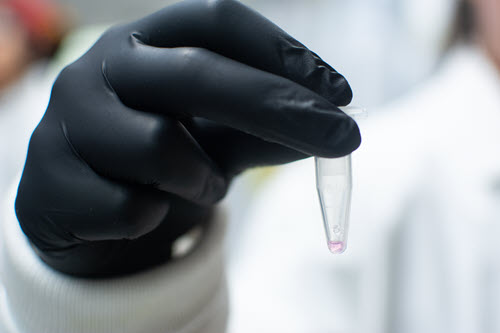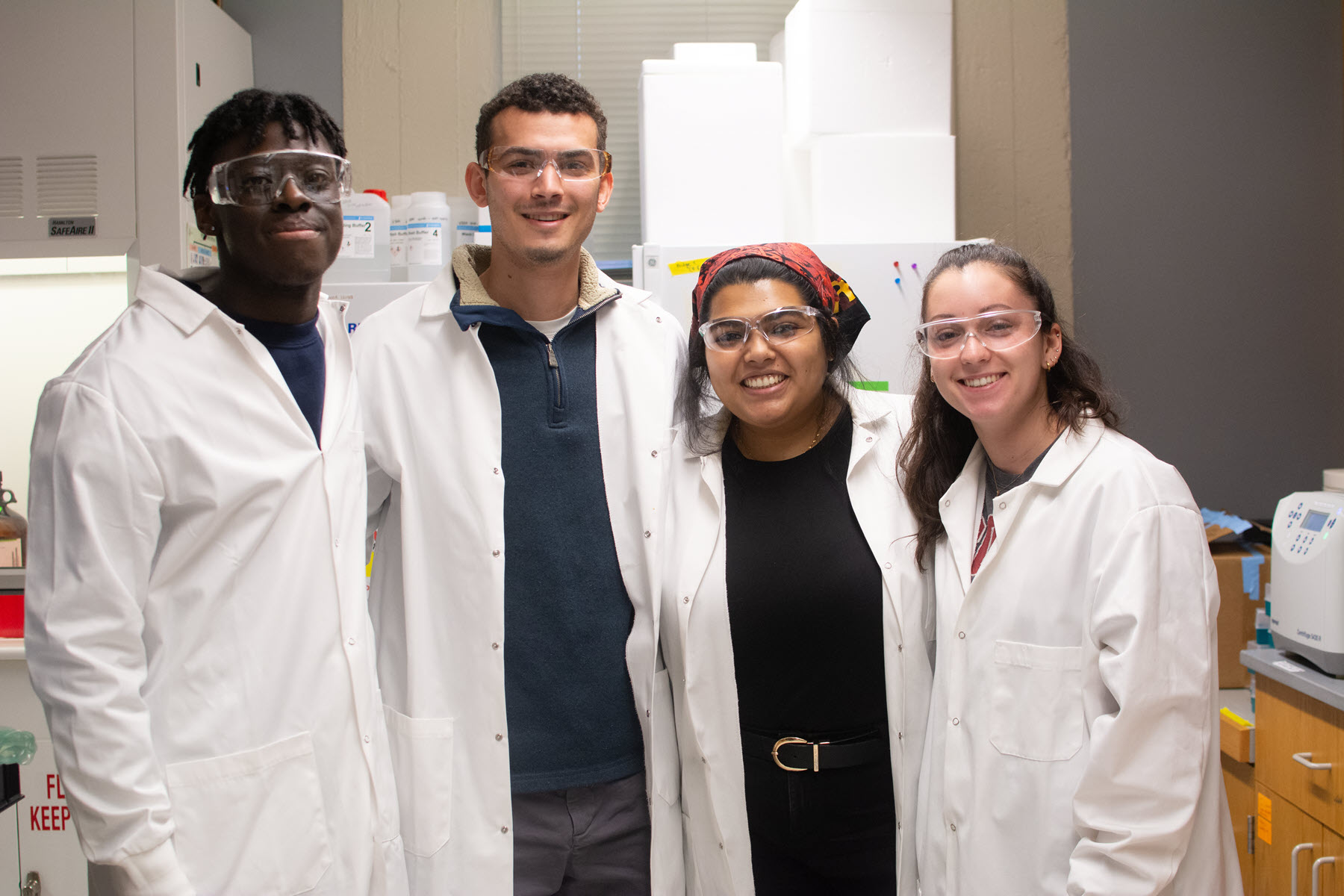Simplifying Antidepressant Quantification in Clinical Labs
A recent study provides insights on how to use automation and only 20 μL of a serum sample to quantify blood levels of antidepressants.

The Global Health Data Exchange estimates that around 280 million people worldwide have depression.1 With many of these people relying on antidepressants to manage their mental health, healthcare providers are often challenged to accurately quantify the levels of these drugs in a patient’s bloodstream to ensure they receive the appropriate dosage.
To address this issue, researchers at Brown University have developed an automated and powerful diagnostic tool prototype that can help clinicians monitor the blood levels of antidepressants in their patients.
The Study
The method, published in Scientific Reports on February 2023, accurately quantifies blood levels of eight commonly prescribed antidepressants for women: bupropion, citalopram, desipramine, imipramine, milnacipran, olanzapine, sertraline, and vilazodone.2 Notably, the technique can simultaneously identify these drugs from only 20 μL of a serum sample, which is equivalent to the amount of blood taken from a finger prick.

Rather than creating a new technique, the research team developed a method that simplifies the time-consuming liquid chromatography-tandem mass spectrometry (LC-MS/MS) process, which currently requires large biological samples and many complicated steps. The researchers’ resulting kit format makes the LC-MS/MS process more standardized and reproducible.
“The biggest advantage of our method lies in its ease of sample preparation,” says Ramisa Fariha, who is the lead study author and a PhD candidate working in the microfluidic diagnostics and biomedical engineering laboratory led by professor Anubhav Tripathi.3 “Because we have designed the process to be so simple and easy to automate, any liquid handler can be used for the plating, reducing human errors, which is crucial for clinical lab adaptation.”
Implications for Clinicians and Patients
Accurately quantifying the levels of antidepressants in a patient’s bloodstream is crucial to ensure that they receive the appropriate medication dosage. “This is particularly important for patients at a higher risk of experiencing side effects or adverse reactions, such as elderly patients or those with liver or kidney disease,” says Murilo Moretti, MD, a primary care physician who was not involved in the study.
In addition, the new kit may be useful to monitor patients’ adherence to antidepressant therapy. By quantifying the levels of drugs in a patient’s bloodstream, healthcare providers can assess whether the patient is taking their medication as prescribed. This is especially valuable for patients at risk of non-adherence, one of the major problems in treating patients with depression.4
“In the context of primary care, monitoring of antidepressant drug treatment shows promise,” explains Moretti. “This approach allows primary care physicians to focus on managing simpler clinical cases while leaving more complex cases to be handled by specialized healthcare providers, such as psychiatrists.”
Implications for the Clinical Laboratory Industry
The findings of this study have significant implications for the clinical laboratory industry. The kit offers a highly accurate, specific, and efficient way to monitor patient adherence and ensure appropriate dosing of antidepressant medications.

The prototype kit requires less sample input (20 µL) than the commercial Eureka kit (100 µL) and uses a plate-based method (more conducive to automation) rather than a tube-based method. “Due to the small sample volume required, and the simultaneous detection of eight different antidepressants, one assay can run several patient samples,” explains Fariha.
The small sample volume required also means that the new method could be useful for clinical applications that involve low-volume sample collection techniques, benefiting patients with chronic diseases as well as elderly, neonatal, and pediatric patients.
“Overall, compared to where we currently stand in terms of qualitative assessment of antidepressant efficacy, our method is definitely worth being translated to clinical settings.”
The kit could potentially be used to quantify other drugs. This could have far-reaching implications for the clinical laboratory industry, as it could improve drug monitoring across various therapeutic areas.
Scaling the Prototype Kit for Clinical Lab Use
When asked about the next steps to optimize and scale up the prototype kit to enable large-scale use in clinical labs, Fariha offered some valuable insights.
“I would love to see how this method performs when adapted to LC-MS/MS platforms like SCIEX, Agilent, and Waters, in tandem with liquid handlers and human sample preparation,” says Fariha.
“For antidepressants, we don’t have any NIST standards (like there are for drugs of abuse), so one of my recommendations would be to run the analytes being used at each mass spec individually to ensure the masses being measured are accurate. Additionally, I would also want to use a robotic liquid handler for manufacturing the prototype in bulk.”
Fariha and her team at the Tripathi lab are not pursuing this project further. However, they mentioned they would be happy to support anyone interested in replicating and translating the method to clinical settings.
References:
Subscribe to Clinical Diagnostics Insider to view
Start a Free Trial for immediate access to this article